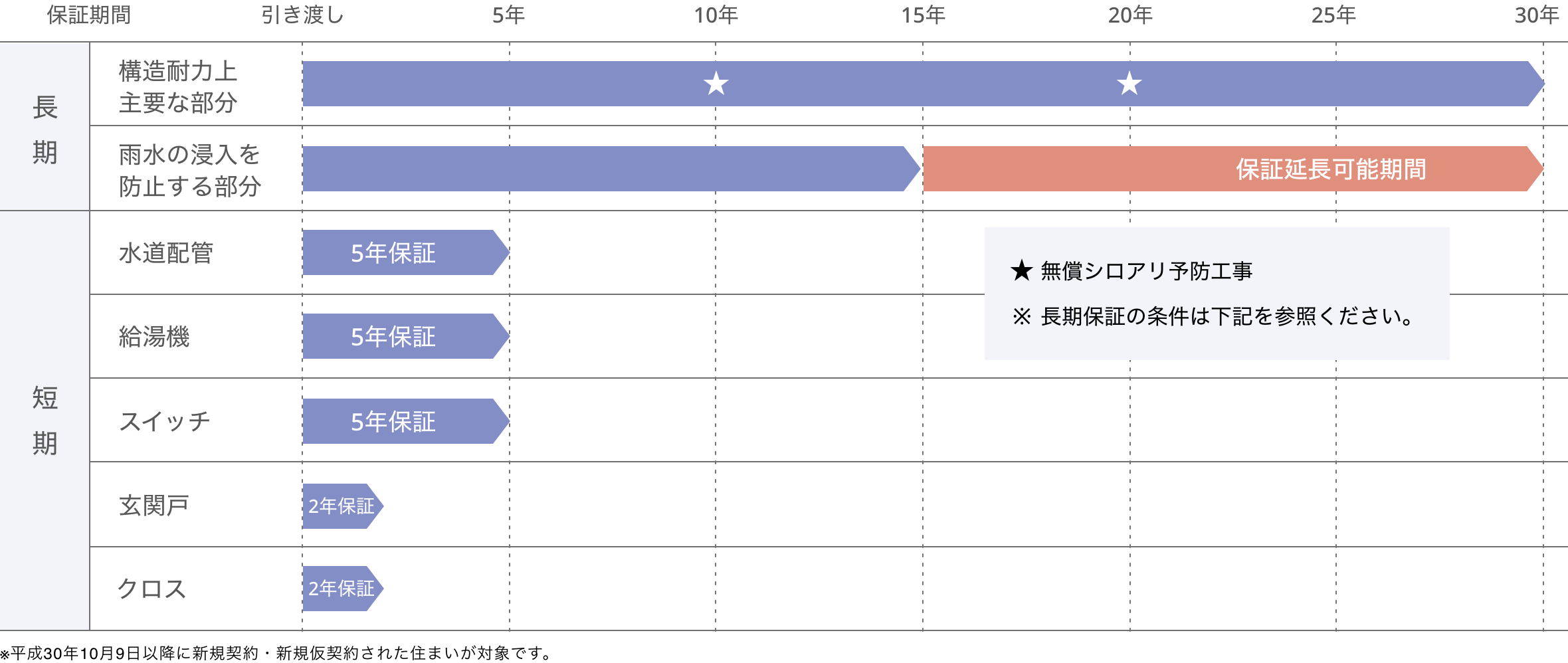Home inspection and why we decided to skip it for our home
03 Nov 2025 | #japan | #housing | #moneyBuilding a home is often the biggest purchase of one’s life. But most people are not experts in home construction, so to avoid being cheated by the builder, some people hire a 3rd party company to inspect the house to ensure no corners were cut during the construction.
One of my readers recommended the home inspection company さくら事務所, so I checked their website, and will use their site in this post. But other companies should be similar.
Types of inspection
There are two main types of home inspection for new houses:
- continuous inspection as the house is being built (新築工事中ホームインスペクション(第三者検査))
- completion inspection (新築一戸建てホームインスペクション(完成検査・内覧会立会い))
The former involves the inspection company visiting the construction site multiple times during the construction, and checking as the house is being built. This lets them see issues that would be hidden later (e.g. problems with the metal nets in the reinforced concrete of the foundation, or gaps in the insulation). However it needs multiple visits, so it is expensive: さくら事務所 charges between 368,500 yen and 852,500 yen (tax included).
But there is an inherent issue: during the construction the construction company manages the site, and they decide who and when can enter (even the owner can not enter unless the construction company allows). So this type of inspection needs the construction company’s collaboration, and while they likely won’t reject the idea of the inspection (as that would be very suspicious), they might reject certain inspection companies that they deem hard to work with.
This presents a conflict of interest for the inspection company: if they are too strict with their inspection, then the building company might refuse to work with them next time (and most people will just go with a different inspection company instead of switching the builder). This is especially an issue when the builder is a big company (and Ichijo builds the most custom single-family homes in the entire world), as no inspection company wants to get blacklisted by them.
Then there is another issue: especially big companies (like Ichijo) use a lot of custom and proprietary technology where they don’t want to share the details with a 3rd party company, making the inspections less useful. Meanwhile because it is a big company, they have internal rules and quality control, so the likelihood of the carpenter being hangover and messing up the insulation is much less than with a smaller company.
The completion inspection is done only when the house is done, and it is much cheaper: さくら事務所 charges between 110,000 yen to 154,000 yen for it - tax included. However since the house is already done, most of the potential major issues (foundation, insulation, structure) are already hidden, so the findings could end up being mostly cosmetic (e.g. the carpenters scratched the wallpaper).
Ichijo’s warranty
While it is clearly better to find issues before moving in, if they come up later and the builder fixes them for free, then that is not so bad. By law all builders have to offer a 10 year warranty for the structure and rain protection (e.g. roof, entrance door). They also have to take out insurance so that even if the builder goes bankrupt, the repairs are still taken care of.
Meanwhile Ichijo claims to offer a 30 year warranty so we checked the details:

- The 30 year warranty covers the main structure
- The roof, exterior walls, and other parts that protect from rain have a 15 year warranty that can be extended to 30 years if you perform the recommended paid work at the 15 year mark
- Pluming, the water heater, and the light switches have a 5 year warranty
- The entrance door and the wallpaper have a 2 year warranty
Moreover they do the following inspections and repairs:
- at 10 year: free inspection, free termite prevention work, and free repair work for waterproofing if Ichijo determine that maintenance work is necessary
- at 15 year: free inspection and paid repair work if Ichijo determines that waterproofing maintenance work is necessary. If it is taken (and paid for by us) or if no work is required, then the warranty gets extended to 30 years
- at 20 year: free inspection, and free termite prevention work
Our decision
We decided to skip the home inspection. We were already late for the full inspection (during the construction), and I wasn’t comfortable with the conflict of interest issue there. For the final inspection it came down to this: what is the chance that there is some issue that is big enough that fixing it costs more than 100,000 yen (since that’s the price of the inspection), but not big enough for us to find it, or to be covered under the warranty? And if such issue exists, what is the chance that the inspector can find it after the entire house is completed?
We might regret this decision later, but this was our thinking.